Imagine a rainbow - the arts and learning
The importance of training the imagination
Have you ever watched a group of 3-year-olds dance? It’s gold! I laugh. I cry. It’s better than any Dancing with the Stars episode I can tell you. They don’t care who’s watching – they’re in boots and all.

Image by CORE Education, all rights reserved.
What about dance?
Have you ever watched a group of 3-year-olds dance? It’s gold! I laugh. I cry. It’s better than any Dancing with the Stars episode I can tell you. They don’t care who’s watching – they’re in boots and all.
My daughter is honestly beside herself when the dance teacher puts on Katie Perry’s “Roar” and she rockets around the room being a tiger, dancing and twirling, with 15 other kids all doing the same thing. Actually, if I’m being honest she’s usually dancing in the opposite direction to the other kids, and she’s thundering around at twice the pace. She absolutely loves it; she is red faced, gleeful, and caught up in the moment, obviously disappointed when the song finishes.
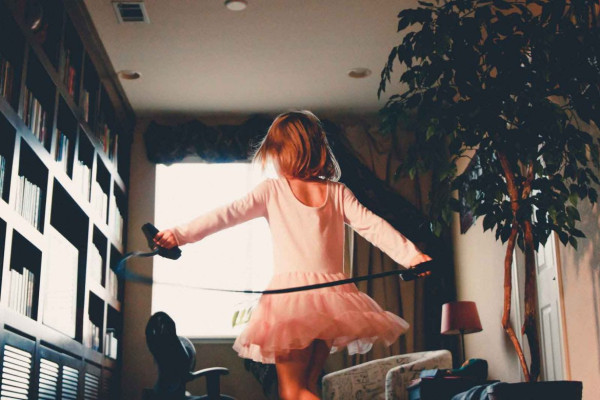
Photo by Caleb Woods on Unsplash
Here’s another story for you: I recall a wee lad in my class years ago who spent the entire teaching day being the Big Bad Wolf, because he enjoyed ‘being grumpy’. I’m not sure the other kids enjoyed having a wolf right up in their face growling, and I can’t explain to you how hard it is to teach a wolf to read, but he was right into character and a tenacious actor.
These two stories jump straight to mind when I reflect on Peter O’Connor’s first challenge to the uLearn delegates. Peter asked everyone to warm up their imaginations by rubbing their hands together, and asked us to put our hands where we keep our imaginations. Then he told us the story of doing this with children and the variety of answers he had. I’d love to know where my daughter and that wee lad would put their imaginations.
Peter continued on to talk about the importance of training the imagination, for without it how can we imagine a better future? What does my daughter imagine for her future? What does she imagine as being ‘better’?
What about art?
I’ve talked about dance and drama; now what about art?
My friend has a very serious and hardened expression after years of trauma in her early life, but when she paints, her face warms. She somehow seems to relax and concentrate at the same time, as she loses track of time in her work (Or is it play? Who am I to make that judgement).
I tell you this, because one of Peter’s key messages was about how we make sense of our lives by telling stories. When he talked of this I immediately thought of her and how important art is in helping her understand her thoughts, her experiences, and herself.
This is why the Arts are so important, I can’t agree with Peter more! We often hear statistics about this generation of children coming through kura with high anxiety and social dilemmas – why would we not give them the opportunity to express themselves!?
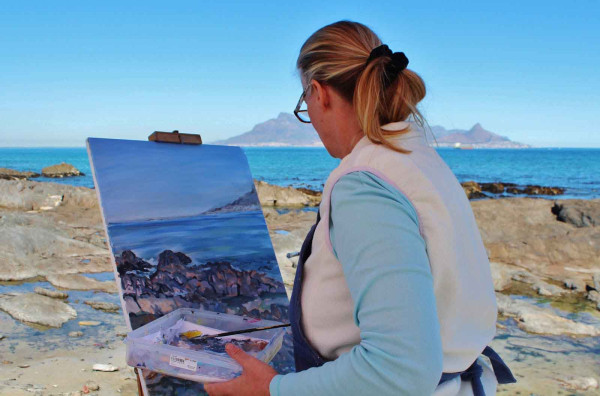
Image by Ulrike Mai from Pixabay
What about music?
Now let’s talk music, to round off the arts.
For me, one of the biggest buzzes I get is when we ‘suss’ a song after practising it several (or many more) times in our band. Or when you point the microphone out towards the crowd near the end of a night, and everyone in the room sings the “wah wah wah” to Sweet Caroline (you can hear it now right!).
I almost didn’t add this to the blog because I didn’t want to sound like a show pony, but as Peter points out – Creativity is part of who we are; it’s what makes us human. Music is my connection with others, and something I can do for others to enjoy.
See, that’s the thing about the Arts – you can see or find yourself in the process and in the narratives. You don’t have to be the best; you can enjoy listening or observing the Arts and still relate.
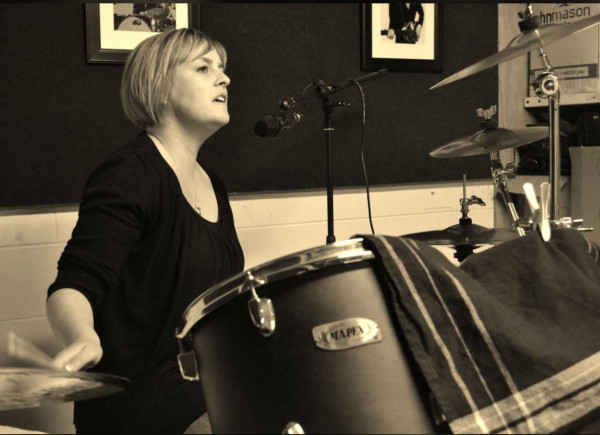
Image by A Mitchell from The Alcoves, all rights reserved.
The rainbow
When reflecting on Peter’s key messages I must refer to the rainbow story he shared. Peter told us about a little girl capturing and sharing an imaginary rainbow.
For those of you who watched his keynote you might be wondering why it’s not the first thing I shared. It’s the thing everyone talked about afterwards… honestly I’m wondering too! Stick with me though, because here’s the connection I made as Peter talked.
As the mum of a young child my mind immediately went to Rainbow Ruby, that I’ve watched many, many times now. She is an endearing character who, assisted by her friends, fixes issues in Rainbow Village. Ruby asks herself “How can I help?” in each episode and uses her imagination, determination, and creativity to help others. There’s even an episode called “At your service”; I think Peter would love that!
At first Rainbow Ruby was another of those ‘in the background’ programmes to me, but actually there are great messages in there. Those messages link completely to Peter’s sentiment about successful people being servers and giving to others, as well as his gorgeous rainbow themed anecdote (which had us all entranced) AND it gives those messages in a way our kids can understand.
Peter’s rainbow story and Rainbow Ruby, made me reflect on how the Arts are for each of us to enjoy for ourselves, and equally for us to serve others. I don’t mean serve with a negative connotation whatsoever. I’m talking about how we give back, how we make connections, how we inspire, how we share our understanding of the world with others. When we make connections with others through the Arts we add to each others’ wellbeing.
Me mahi tahi tātau mō te oranga o te katoa. We should work together for the wellbeing of everyone.

Image by janakudrnova from Pixabay
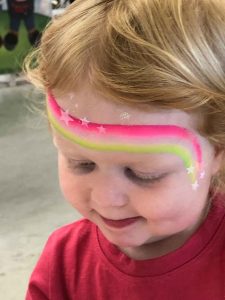
I’m an unashamed advocate for the Arts in education (as you can tell) so I had a wee ‘squee’ moment when I got the opportunity to pen this blog about Peter O’Connor’s keynote at uLearn20. Peter inspired so many, and certainly reinvigorated me to shout from the rooftops about the importance of the Arts to:
- train the imagination – to help people imagine what can be (so we don’t stay with what we’ve got now), which gives power to make change.
- help people make sense of their world.
- ensure our use of creativity, as that’s what makes us human
- serve others or to give (which is to be successful)
So now, off I go to watch another episode of Rainbow Ruby with my daughter, to encourage her to sing loudly and unapologetically, to paint with her heart (not just her hands), to be the voices for all of her toys, and to dance in the opposite direction to all the other kids if she wants.
Tohaina ō painga ki te ao – Share your gifts with the world, my darling.
Let me leave you with this final consideration to ponder on: I think Peter was right when he said ‘we’ve sold away the Arts and that the Arts is a curriculum area but also a pedagogy’. It’s up to us to right this wrong in our kura and society.
So I challenge you: what will you do to encourage the Arts for:
- your children,
- your mokopuna,
- your ākonga…
- and yourself?
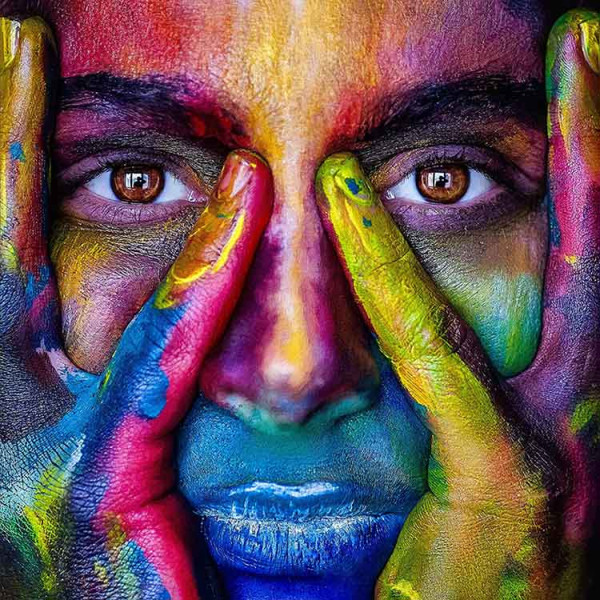
Image by Alexandr Ivanov from Pixabay
Explore more content
Explore our wide range of education related podcasts and blogs, ranging from experts discussing Kaupapa Māori, Cultural capability and te reo Māori, Leadership, Pacific viewpoints, Digital and innovation, Inclusive learning and more.